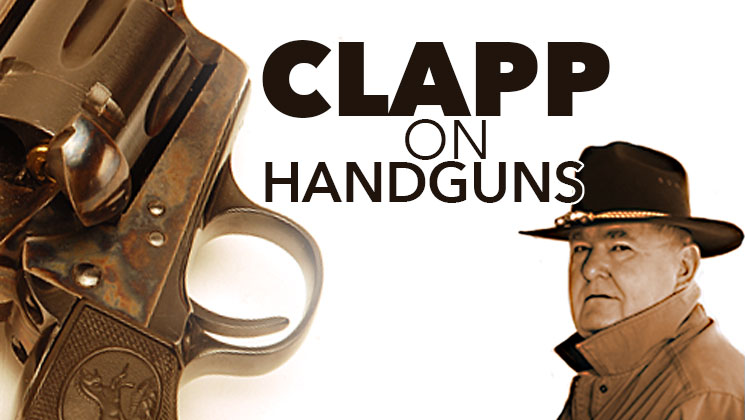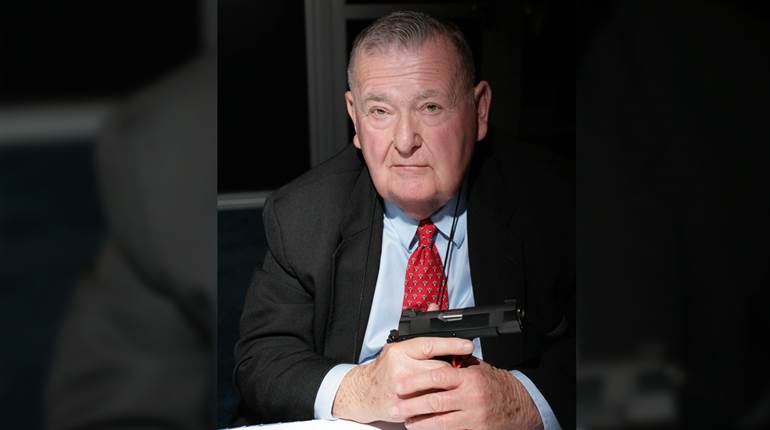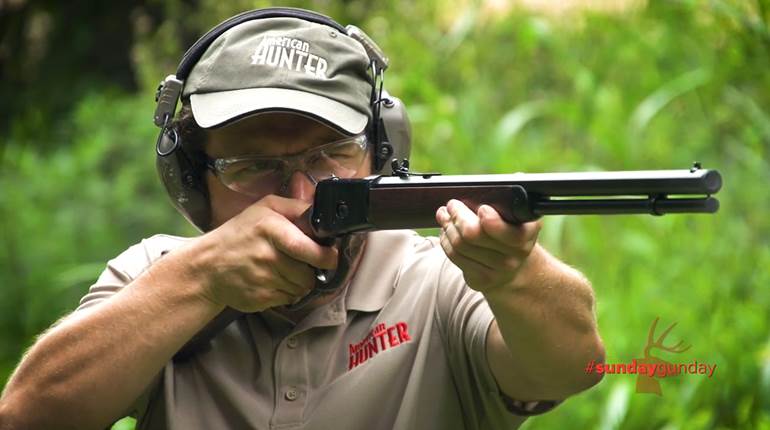
On several occasions in the past, I have stated an opinion that I will re-iterate here. When you are choosing a concealed-carry firearm, the most important physical characteristic to consider is weight. As you make your comparisons to narrow the choices, we’ll assume that you chose a gun of a caliber that is well-suited for the job. In autos, nothing smaller than a 9 mm, while .38 Spl. is as light as you should go in a revolver.
Quite often, the perspective concealed-carry handgunner becomes enamored of light guns with polymer or light alloy receivers housing double column magazines. Certainly he or she needs to consider light guns, because the heavier guns are onerous to carry. In short order, the CCW gunner rationalizes away the need to carry a heavy gun for “just a quick trip to the market.” But the high-capacity handgun has an under-appreciated fault, and that is weight.
The delightful Glock G17 that you see and handle at the gun store counter can be very appealing, as it weighs just a bit over 22 ounces. If you choose to put Glock’s two-shot magazine extension on the gun and carry with a round in the chamber, your on-tap total of 147-grain cartridges is 20 rounds. But that adds almost 10 ounces to the weight of the gun. It now weighs two pounds and is a pain to carry all the time.
Let’s take an even worse example of unacceptable weight. How about the FNS in .45 ACP? It is an excellent service auto, originally designed for Spec Ops. It has a polymer receiver and an unloaded weight of 33.2 ounces. Capacity of the big pistol is 15+1 rounds. When those rounds are 230-grain JHPs, little more than 12 ounces is added to the weight of the gun. That is well on the way to a 2-½ pound pistol. There are few handgunners who are willing to lug around a monster like this all day. There is also a disadvantage that I have yet to seriously evaluate. The gun gets lighter by ¾ ounce every time you fire a shot. In theory, it becomes harder to shoot when you get close to running the magazine dry.
Simply stated, you must consider the weight of the concealed-carry handgun and a full load of ammo for the gun. And I haven’t even considered at least one reload on your belt.





































